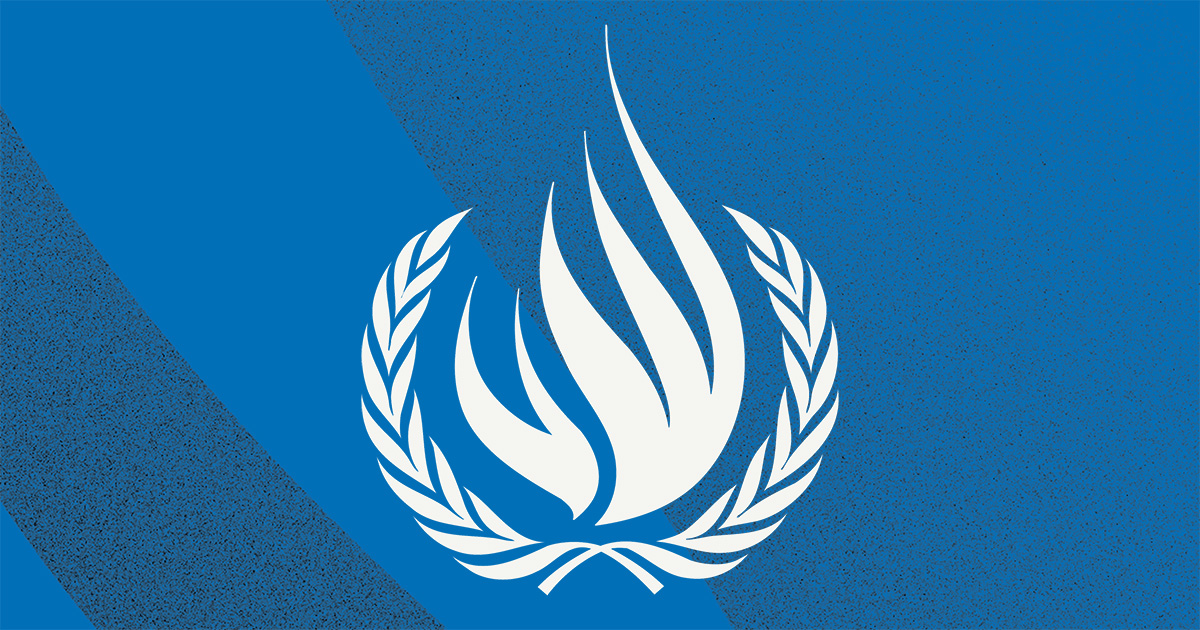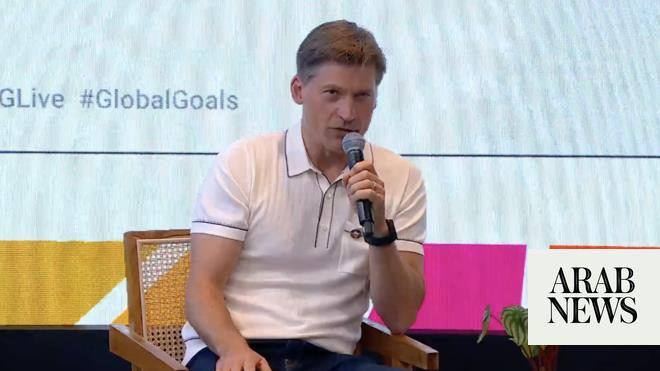
GENEVA (28 August 2023) – The UN Child Rights Committee today published authoritative guidance on children’s rights and the environment with a special focus on climate change. The guidance specifies the legislative and administrative measures States should urgently implement to address the adverse effects of environmental degradation and climate change on the enjoyment of children’s rights, and to ensure a clean, healthy, and sustainable world now and to preserve it for future generations.
The Committee has adopted its guidance, formally known as General Comment No. 26, after two rounds of consultation with States, national human rights institutions, international organizations, civil society, thematic experts and children. The Committee received 16,331 contributions from children in 121 countries; children shared and reported on the negative effects of environmental degradation and climate change on their lives and communities and asserted their right to live in a clean, healthy and sustainable environment.
“Children are architects, leaders, thinkers and changemakers of today’s world. Our voices matter, and they deserve to be listened to,” said 17-year-old Kartik, a climate and child rights activist from India and one of the Committee’s child advisers. “General Comment No. 26 is the instrument that will help us understand and exercise our rights in the face of environmental and climate crises,” he added.
“This general comment is of great and far-reaching legal significance,” said Ann Skelton, Chair of the Committee, emphasising, “as it details States’ obligations under the Child Rights Convention to address environmental harms and guarantee that children are able to exercise their rights. This encompasses their rights to information, participation, and access to justice to ensure that they will be protected from and receive remedies for the harms caused by environmental degradation and climate change.”
The general comment clarifies how children’s rights apply to environmental protection and underscores that children have the right to a clean, healthy and sustainable environment. This right is implicit in the Convention and directly linked to, in particular, the rights to life, survival and development, the highest attainable standard of health, an adequate living standard, and education. This right is also necessary for the full enjoyment of children’s rights.
The general comment further asserts that States shall protect children against environmental damage from commercial activities. It specifies that States are obliged to provide legislative, regulative and enforcement frameworks to ensure that businesses respect children’s rights, and should require businesses to undertake due diligence regarding children’s rights and the environment. Immediate steps should be taken when children are identified as victims to prevent further harm to their health and development and to repair the damage done.
The Committee observes that, in many countries, children encounter barriers to attaining legal standing due to their status, limiting their means of asserting their rights in relation to the environment. States should therefore provide pathways for children to access justice for violations of their rights relating to environmental harm, including through complaints mechanisms that are child-friendly, gender-responsive and disability-inclusive. In addition, mechanisms should be available for claims of imminent or foreseeable harms and past or current violations of children’s rights.
With regard to climate change, the general comment underlines that States must take all necessary measures to protect against harms to children’s rights related to climate change caused by business enterprises, such as by ensuring that businesses rapidly reduce their emissions.
The guidance also emphasises the urgent and collective need for developed States to address the present climate finance gap, including through grants rather than loans to developing States to avoid negative impacts on children’s rights. It also notes that climate finance is overly slanted toward mitigation at the cost of adaptation and loss and damage measures, which has discriminatory effects on children who live in areas where more adaptation measures are needed.
The Committee urges immediate collective States actions to tackle environmental harm and climate change.
The full document is now available online.
ENDS
For more information and media requests in Geneva, please contact:
Vivian Kwok at vivian.kwok@un.org or
UN Human Rights Office Media Section at ohchr-media@un.org
Background:
The Committee on the Rights of the Child monitors States parties" adherence to the Convention on the Rights of the Child and its Optional Protocols on involvement of children in armed conflict, and on sale of children, child prostitution and child pornography. The Convention to date has 196 States parties. The Committee is made up of 18 members who are independent human rights experts drawn from around the world, who serve in their personal capacity and not as representatives of States parties.
Learn more with our videos on the Treaty Body system and on the Child Rights Committee!
Follow the UN Treaty Bodies on social media!
We are on Twitter @UNTreatyBodies







